 Movies and TV
Movies and TV  Movies and TV
Movies and TV  Health
Health 10 Miraculous Advances Toward Curing Incurable Diseases
 Miscellaneous
Miscellaneous 10 Undeniable Signs That People’s Views of Mushrooms Are Changing
 Animals
Animals 10 Strange Attempts to Smuggle Animals
 Travel
Travel 10 Natural Rock Formations That Will Make You Do a Double Take
 Movies and TV
Movies and TV 10 Actors Hidden in Your Favorite Movies
 Our World
Our World 10 Science Facts That Will Change How You Look at the World
 Pop Culture
Pop Culture 10 Incredible Female Comic Book Artists
 Crime
Crime 10 Terrifying Serial Killers from Centuries Ago
 Technology
Technology 10 Hilariously Over-Engineered Solutions to Simple Problems
 Movies and TV
Movies and TV 10 Movie Adaptions That Brought Popular Songs to Life
 Health
Health 10 Miraculous Advances Toward Curing Incurable Diseases
 Miscellaneous
Miscellaneous 10 Undeniable Signs That People’s Views of Mushrooms Are Changing
Who's Behind Listverse?

Jamie Frater
Head Editor
Jamie founded Listverse due to an insatiable desire to share fascinating, obscure, and bizarre facts. He has been a guest speaker on numerous national radio and television stations and is a five time published author.
More About Us Animals
Animals 10 Strange Attempts to Smuggle Animals
 Travel
Travel 10 Natural Rock Formations That Will Make You Do a Double Take
 Movies and TV
Movies and TV 10 Actors Hidden in Your Favorite Movies
 Our World
Our World 10 Science Facts That Will Change How You Look at the World
 Pop Culture
Pop Culture 10 Incredible Female Comic Book Artists
 Crime
Crime 10 Terrifying Serial Killers from Centuries Ago
 Technology
Technology 10 Hilariously Over-Engineered Solutions to Simple Problems
Top 10 Things You Wouldn’t Believe Influence Crime
Breaking the law seems straightforward. A mean person wants something and then breaks a bunch of rules to get his way. But underneath the surface, crime is driven by a legion of factors. There are obvious reasons, but some triggers are completely unexpected.
Violent criminals are spawned by childhood contaminants, an extra hour of sleep, or the absence of snacks. Just as surprising are the things that reduce or stop crime altogether. Offenders are stymied by psychedelic drugs, pollen, and people who never forget a face.
10 Widespread Misconceptions About Forensics And Crime
10 Rain Keeps The Peace
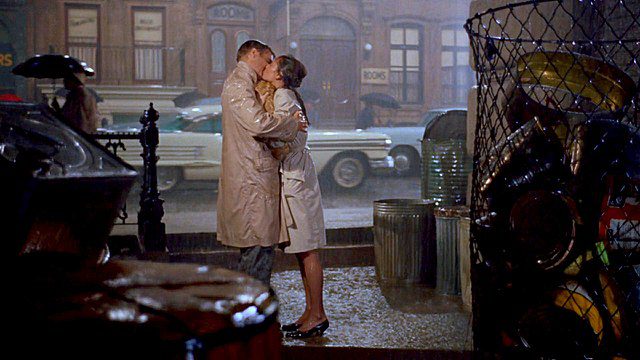
Most of us already know that rainy days make you sleepy. A lesser-known fact is that the heavier the downpour, the more it can stop criminal behavior. In 2009, The New York Times crunched the numbers to see if New York’s murder rate was affected by the weather. Incredibly, there were fewer victims on rainy days.
In Britain, another comprehensive study pooled the data of over six million police records. The data covered a decade of Manchester’s crime statistics. It showed that rising temperatures provoked more lawless souls. But the harder it rained, the more the population behaved.[1]
One crime experiencing a significant reduction is domestic abuse. Alcohol often triggers domestic crime. The reduced assaults could have something to do with people staying inside to avoid the rain and not visiting their favorite liquor store.
Opportunistic criminals also cannot mug or steal because there are fewer victims strolling about. However, many experts agree that when somebody is really desperate—like an alcoholic or a drug addict—they will do whatever it takes to get their fix. Monsoon season or not.
9 Dirty Streets

In 2014, the environmental charity, Keep Britain Tidy, performed its 13th survey to determine the cleanliness of public places. This was also the first year that the data was cross-referenced with other statistics like income brackets, poverty, and crime.
For the most part, things looked peachy. Around 89 percent of England was given the thumbs up with acceptable litter levels. The rest was not easy on the eyes. Streets were lined with trash. Walls carried graffiti and fly-posting. These were also the areas with more crime and fewer social opportunities.
However, this did not mean that all deprived communities were rampantly running around and looting shelves. Only 28 percent of poor areas had unacceptable levels of litter. Only this bracket showed an increase in low-level offenses.[2]
According to the survey, making the streets clean and lemony fresh once again is critical to reducing disorderly behavior. While it might not change a community’s outlook financially, living in a neat place could make people feel better about where they live. In turn, this might reduce the urge to prey on other residents.
8 Four Ingredients For Mass Shootings

In 2018, trauma researchers wanted to find a way to predict mass shootings. They harvested information from several sources, including the FBI, the CDC, and the US Census. Only events with four or more fatalities were included in the study. Crimes with clear motives, like gang shootings or robberies, were not considered.
Eventually, the team had 155 mass shootings dating between 2005 and 2018. Each case was cross-referenced with 180 social health factors. Remarkably, vulnerable communities had four things in common. They had few mental health professionals, income inequality, lazy gun laws, and a lack of social opportunities.[3]
To be fair, these factors are not carved in stone. However, the study found that they could be triggers in the hands of the wrong individual. Better mental health care access, a lower cost of living, better chances in life, and stricter gun control might reduce the number of mass shootings in the US.
7 Psychedelic Rehabilitation
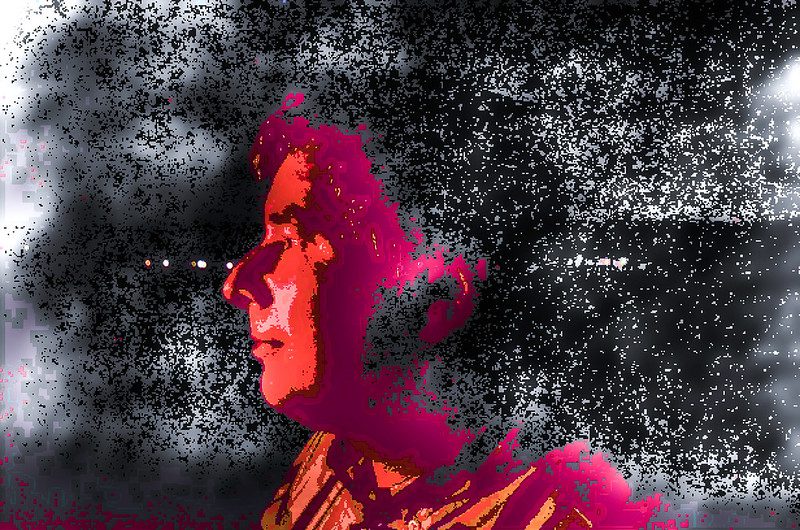
In 2017, a group of scientists suggested giving drugs to criminals. This might sound counterproductive, but the researchers found evidence that classic psychedelic substances prevented unlawful behavior.
This group of drugs includes psilocybin (magic mushrooms), mescaline (inside peyote), LSD, ayahuasca (indigenous Amazonian drug), and dimethyltryptamine. Many have a history of being used in ancient spiritual ceremonies.
The University of Alabama surveyed 480,000 US adults and compared their antisocial acts and drug histories. Interestingly, those who had used classic psychedelics in the past—especially magic mushrooms—showed a lower tendency to commit crimes like theft, larceny, and other property offenses. The shroomed guys also engaged in fewer violent physical crimes.[4]
This does not mean that everybody must now graze in a field of god-inducing fungus. However, the researchers suggested that psychedelic drugs could provide a foundation for developing very effective anti-crime therapies.
6 Robot Rage
The future is encroaching, and not everybody loves it. Resisting the inevitable spawned an entirely new crime—launching attacks on autonomous robots and cars.
In 2018, self-driving vehicles were involved in six accidents in California. However, at least two of those incidents were caused by humans going ape and not because the car had made a mistake. To legally leave the garage, these vehicles must contain a person to supervise the driving and take over when necessary. This reduces the chance of self-driving cars meeting a lamppost, but it cannot prevent them from meeting the haters.
During one attack, a Chevy Bolt paused at a traffic light in San Francisco. There was a driver inside, but the car was in control. It was waiting for pedestrians to pass when a man came charging across the street while hollering unintelligibly. He then body-slammed the vehicle and damaged the left taillight.[5]
The second incident also started with a Chevy Bolt in San Francisco. Unlike the first case, a human drove. At some point, he pulled up behind a taxi. The cab owner got out of his car, struck the Chevy’s front passenger window, and left a scratch.
Both cars received a sweet deal compared to a robot’s fate, also in the same city. A local animal shelter enlisted a patrol bot to help make their premises safer.
The public’s response?
The automated guard was assaulted and vandalized. It also had barbecue sauce poured over its sensors. Plain mischief cannot be discounted. But the new crime wave against machines also has to do with job losses.
People fear that nuts and bolts will replace them. Perhaps the taxi driver saw the end of human-driven cabs and locals were angry because a person was not offered the job at the shelter.
Top 10 Crimes That Went Viral After A Podcast
5 Lead-Sniffing Kids Become Violent Adults
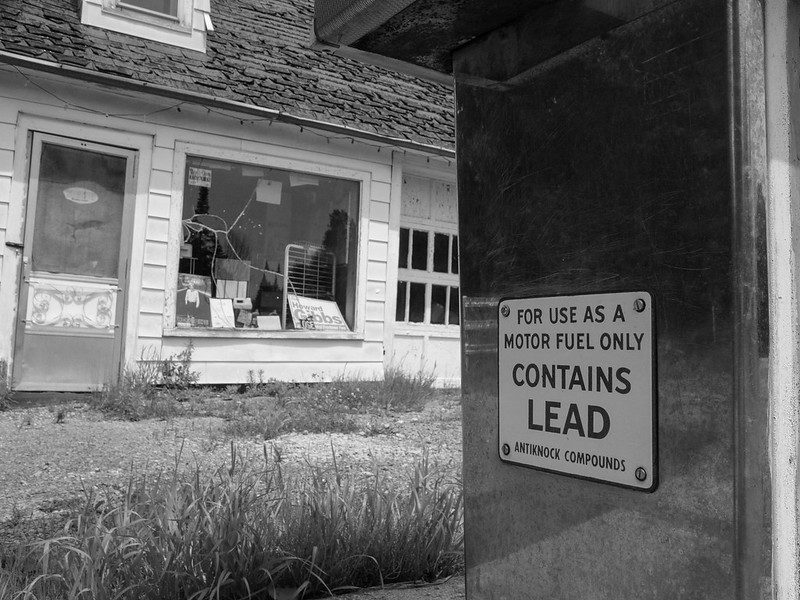
Lead’s negative qualities are well-known. Unfortunately, the world woke up to the effects on human health too late to help the countless victims of lead poisoning.
In 2016, Australian researchers wondered about the kids who were forced to inhale atmospheric lead in certain regions. The study focused on people who were very young when Australians still filled their cars with leaded petrol. That practice ended in 2002.
The team had a hunch that some of the now-grown kids had self-control issues. Lead can cause brain damage and result in poor impulse control, anger, and worse.
Unfortunately, the hunch turned out to be correct. There was a strong correlation between offenders who grew up in affected areas and their violent crimes that included fatal assaults. Indeed, the highest crime rates appeared in places with the most lead exposure.[6]
Such brutal attacks are mostly viewed as impulsive offenses. This supported the finding that childhood exposure to lead damaged the brain’s ability to control behavior during adulthood. Additionally, when the study used lead as a crime predictor, it helped explain 30 percent of the variance in assault rates two decades later.
4 Allergy Season Is Safer
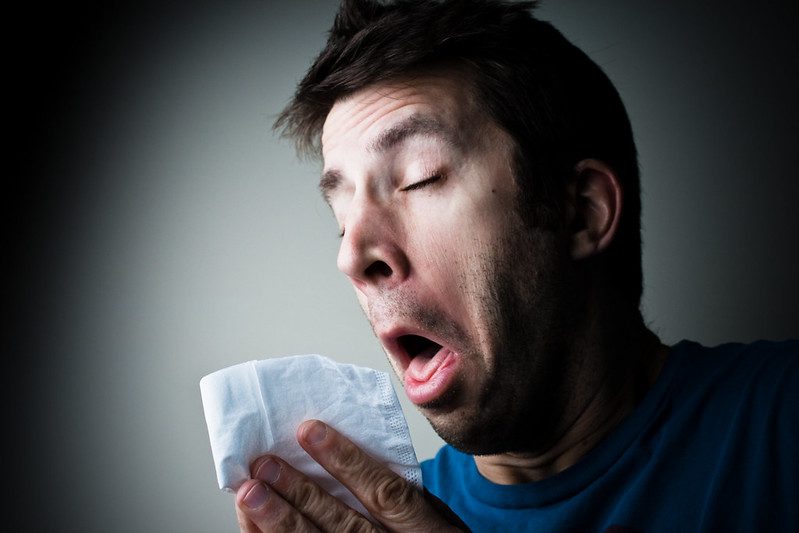
Pollen puts a dent in violent crime. This statement is nothing to sneeze at. For some reason, it lowers the statistics by 4 percent. To put that into perspective, lowering crime by that much also means a reduction of police numbers by 10 percent and new prison additions by 20 percent.
In 2019, scientists tracked the seasonal pollen blooms for weeks. This chart was then compared with daily crime reports gathered from 17 US cities. The results were curious. When pollen was all over the place, violence took a significant dip. Interestingly, this only counted in urban settings and related crimes, such as serious domestic disturbances.
Around 20 percent of Americans suffer from pollen-related allergies. Flower power makes them feel fatigued and ill. Struggling with memory and reasoning also makes somebody with hay fever more likely to react differently than he normally would. For instance, domestic offenders are less likely to get enraged or physically abusive.[7]
Biologically, this makes sense. An altercation carries more personal risk during a time of sickness. However, it also makes sense regarding why the violence only dropped in residential areas. Such crimes are mostly unplanned and impulsive. The crappy feelings of hay fever may not be strong enough to prevent a well-planned crime.
3 Crime’s Hangry Factor

“Hangry” describes an angry feeling caused by hunger. The term sounds cute, the reality not so much. Several studies have found that low blood sugar makes people mean. A spousal study found a direct link between needing a snack and a hangry person abusing his partner. Worse, the research showed that this type of aggression tended to escalate.
This behavior was not limited to couples. During another project, researchers noticed that hanger predicted 84 percent of criminals’ future violent acts. More disturbing were the statistics that showed up in countries where certain populations had known glucose problems. The murder rate was above average during war and peaceful times.
But why does low blood sugar trigger anger in the first place?
The brain only accepts glucose as energy. When glucose runs out, the brain cannot function properly. With individuals who are sensitive to the effects of glucose, their self-control degrades into irritability and then rage. The energy required to curb violent impulses is not there. Interestingly, scientists also discovered that a spoonful of sugar dispersed anger and violent behavior.[8]
2 Daylight Saving Assaults
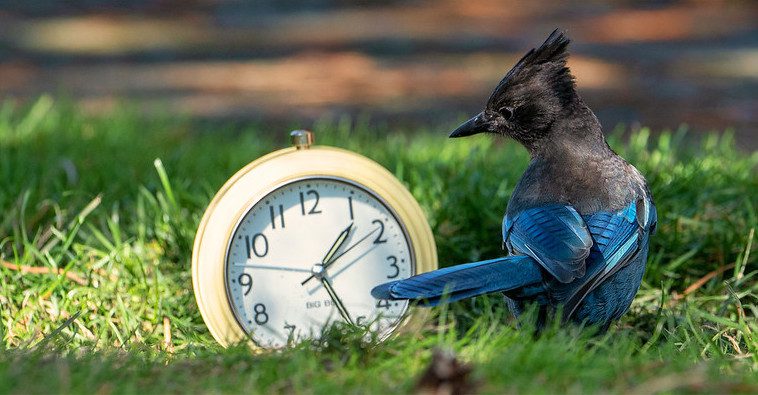
An interesting crime factor is sleep deprivation. Experts already know that long-term deprivation gives people a greater tendency to commit a violent offense. However, a recent study found that the opposite was true in the short run.
Researchers were comparing statistics across the US during daylight saving time (DST) when something unexpected popped up. When Americans turned their clocks one hour ahead in the spring and lost an hour of sleep, assaults fell by 3 percent. When DST ended in the fall, the time was adjusted and people could sleep for an extra hour. Shortly afterward, the number of physical attacks spiked.[9]
Both the decrease and spike occurred on the first Monday after the time adjustments. These changes were no longer so obvious a week later. On the one hand, the scientists had a good theory about why losing an hour reduced crime. People are too groggy to get into trouble. However, it remains a mystery as to why an extra hour of snoozing caused an increase in violent assaults.
1 The Super-Recognizers

Forget the Justice League. The super-recognizers are here. This term describes people with a freaky memory, and their gray matter is now a valuable crime deterrent. The police are beginning to enlist individuals who can recall small details, names, and faces with flawless accuracy.
The Metropolitan Police Service does not need facial recognition software. They have a man called Idris Bada. This London employee is so good at identifying criminals from CCTV that he earned the nickname “Idris the Jailer.” The job certainly has its perks. Bada once recognized a man 27 years after they last met. It was his school bully who eventually ended up in a police cell.[10]
Statistically, 1 in 50 people have this ability. Law enforcement is now looking to recruit more super-recognizers and give them intensive training that will improve their natural skills by 10 percent. This would help officers to identify offenders who might otherwise slip through the cracks and continue to commit crimes.
10 Faked Crime Scenes With Good, Bad, And Bizarre Motivations








